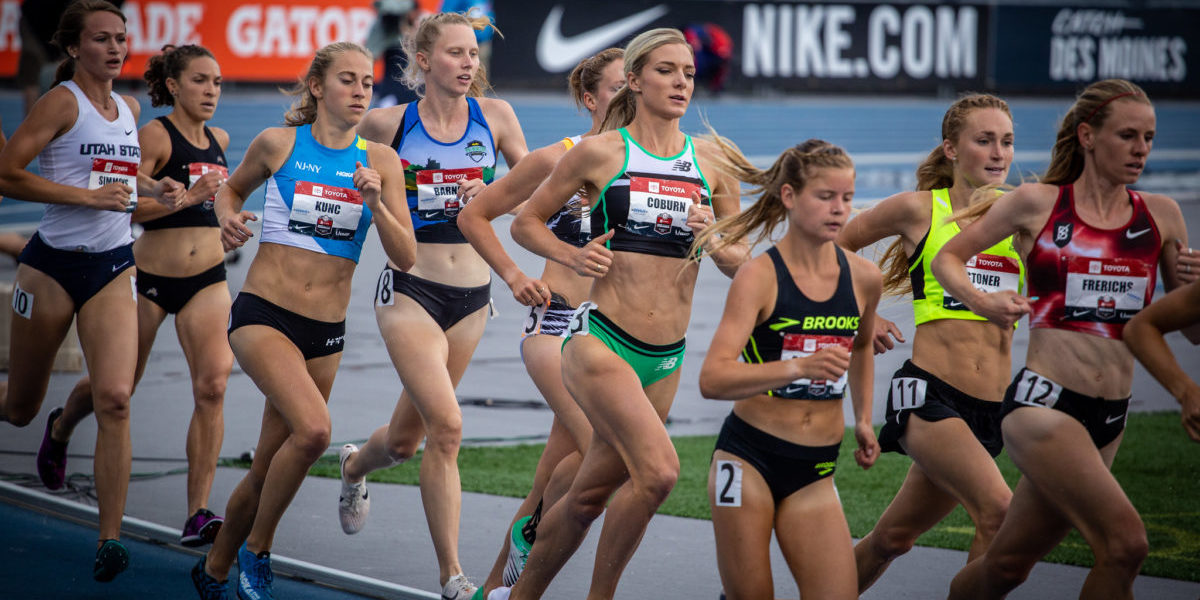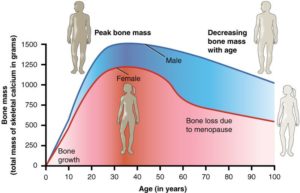Is staying active and fit enough to avoid bone loss? Maintaining high bone mineral density (BMD) is important for preventing osteoporosis, fractures, and other conditions associated with bad bone health. However, high-impact sports that often involve running or jumping might be necessary in order to preserve and improve BMD among athletes of all ages. Low-impact sports (such as cycling) as well as weight training may not be enough to maintain high BMD and avoid associated health risks.
Among senior athletes, a 2005 study examined BMD among those competing in the Senior Olympics. They concluded that competing in high-impact sports (basketball, running, volleyball, track and field, and triathlon) correlated with a higher BMD compared to low-impact sports (including cycling, race walking, and swimming), among other factors such as younger age and absence of obesity. Similar results were found in a Norwegian study comparing elite cyclists and runners, as cyclists—despite heavy weights programs as part of their training—were shown to have lower BMD than runners.
On the other hand, a study comparing younger men and women showed BMD increases as a result of resistance training, but only among men in the spine and neck. Women showed no significant BMD increase.
In light of unsubstantial data to support resistance training as a method to increase BMD, why do many articles online praise weight training as the perfect way to promote healthy bones? Online articles with catchy titles claim that “resistance training is really the best way to maintain and enhance total-body bone strength” and it “increases bone mineral density,” but either provide no sources or cite research that showed no significant increase in BMD [4] [5] [6] [7]. Promoting weight training as the perfect solution to late-in-life bone problems sounds wonderful, but formal research concerning its effects on BMD is as best contested and inconsistent. It is not a blanket solution for those looking to improve bone health through staying fit, and should not be used as the only supplement to other low-impact sports such as cycling or swimming.
Ultimately, it seems as though staying fit through low-impact sports and weight training might put an athlete at risk for low BMD and associated health risks. Regular participation in high-impact sports (such as running, basketball, and volleyball) has been shown to correlate with higher BMD across different age groups and athletic skill levels [1] [2]. Even though cycling and weight training might cover all the bases from cardiovascular and strength fitness standpoints, bone health requires more impact than just staying fit.
For further reading on the relationship between running and bone health and how other factors play a role, look at Runner’s World’s article.
Featured image cropped from “2019 US Track & Field Championship” which is licensed under CC BY 2.0.


